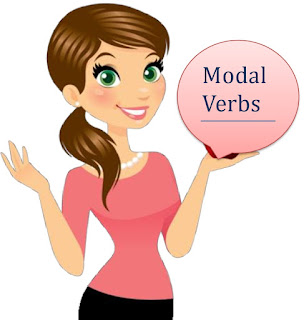Lesson Plan of Bones and Muscles produce Movement General Science Grade IV
Lesson Plan of Bones and Muscles produce Movement
General Science Grade IV
 Students’ Learning
Outcomes
Students’ Learning
Outcomes
·
Describe how bones and
muscles work together to produce movement.
Information for Teachers
·
Muscles are special parts of
our body that can contract and relax
·
When muscles contract they
become shorter and when muscles relax they become longer.
·
When muscles (attached with
our bones) contract, they pull bones and movements occur.
·
Different bones join together
through joints.
·
Muscles must work together in
coordinated groups.
·
Muscles groups produce movements
in opposite direction.
·
A muscles contracts and
shortens-it exerts a force
·
Counterpart relaxes.
·
Which muscles work together to
bend and extend to your leg?
·
There are three types of
muscles:
1.
Skeletal muscles are
voluntary muscles, meaning you have to consciously move them.
 2.
Cardiac muscles and smooth
are involuntary muscles, meaning you don’t have to think about using them.
2.
Cardiac muscles and smooth
are involuntary muscles, meaning you don’t have to think about using them.Material / Resources
Charts/pictures of elbow joint movements,
textbook
Worm up Activity
·
Recall students’ previous
knowledge about bones and muscles.
·
Ask the students about the
different movements in their bodies.
·
Ask the students to stand up
and think about which bones and muscles were used in this movement.
·
Ask the students to touch
toes, jump, run, touch their ears and clap hands. Each time ask them to
identify the muscles and bones, responsible of the movement.
·
Explain that all the body
movements are due to the movements of bones.
Development
Activity 1
 ·
Ask the students to feel the
bones in their arms and count how many bones make full arm of human body?
·
Ask the students to feel the
bones in their arms and count how many bones make full arm of human body?
·
Explain by making a simple
drawing on board, that there are three main bones in arm; one in the upper arm
and two in the lower arm.
·
Ask the students to feel
their own arms and see if they can feel two bones in their lower arms.
Activity 2
·
Ask the students to stand up,
and then sit down, and then stand up again. Ask them to wave hands to say “Khuda
Hafiz” let them sit down.
·
Ask: if bones couldn’t bend,
how could we move? (Accept all answer)
·
Ask the students to locate
that area where two bones join each other (i.e. joints). Point out that the
three bones in the arm meet at the elbow joint.
·
Show to the students the
hinge in the classroom door and window. Ask them to explain its movements. Ask
what would have happened if there was no hinge.
·
Inform the students that the
elbow joint move like a hinge.
·
Ask few students to “walk”
with stiff-legs and stiff-arms around the classroom trying not to bend at any
joint. Now ask them what would happen if we don’t have joints.
·
Ask them to do some tasks
without bending the arm at the joint; like writing on the board, drinking
water, picking up their bags etc. then ask them how did they feel?
Activity 3
·
Ask the students to bend
their lower arms up and feel the front side of the upper arm.
·
Explain that muscles contract
for bending lower arm and so movement occurs.
·
Ask the students how the
upper arm muscles pull the bones of lower arm.
(Expected response: muscles contract)
·
Ask them to bend down
(straighten) their lower arms. Ask: what happens when you bend down your lower
arm? What happens to the muscles?
(Expected response: Muscles stretch).
·
Inform the students that
muscles work in pairs. The muscles on the front side of the upper arm pull the
lower arm bones so the lower arm is bent up. The other muscles are present
beneath the upper arm. When they contract, they pull back the lower arm bones
so the lower arm is straightened.
·
Ask the students to see the
photograph of the muscles working at elbow joint from the book.
Sum up / Conclusion
·
Bones and muscles work
together and are responsible for different movements in our body.
·
Tell the students that in
next lesson they will learn the common disorders of various parts of body.
Assessment
·
To assess the understanding
of the students ask following type of questions.
1.
Identify the contracted and
the relaxed muscles in a diagram of elbow joint movements (show any picture of
elbow joint movement)
2.
Explain how muscles produce
movements at the knee joint.
3.
Describe the movements of
your daily life in which muscles and bones work.
Follow up
·
As the students to observe the movement of their
own arms at home or do this practice with their sister or brother
·
Ask them to write their observations in
notebooks.



Comments
Post a Comment